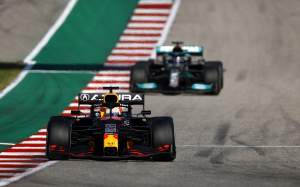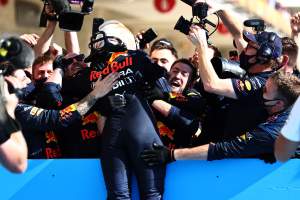Up Next

Mercedes needs to “retrace the weekend” to understand why it lost performance over the United States Grand Prix and what made it so weak on the medium tyre, after losing points in both Formula 1 title fights.
Red Bull driver Max Verstappen extended his championship lead over Mercedes’ Lewis Hamilton to 12 points after narrowly holding on to victory in Austin.
Sergio Perez’s third place helped Red Bull cut Mercedes’ constructors’ championship advantage to 23 points.
Mercedes had the fastest car at the previous three events and started strongly at the Circuit of the Americas but slipped behind Red Bull as the weekend progressed, with Verstappen claiming pole and then Red Bull’s aggressive strategy winning him the race after Hamilton took the lead at the start.
“We could have won the race of course, because we were in the lead and we had a very strong pace on the hard tyre,” said Mercedes team boss Toto Wolff.
“But in a way, we need to retrace the weekend from Friday to Sunday. Where did we misjudge? Where did we get it wrong? What did we do well?
“And there will be plenty of discussions, positive discussions about what to learn from this weekend.”
The slide from such a controlling position at the start of practice was misleading because Mercedes knew its programme was flattering its performance.
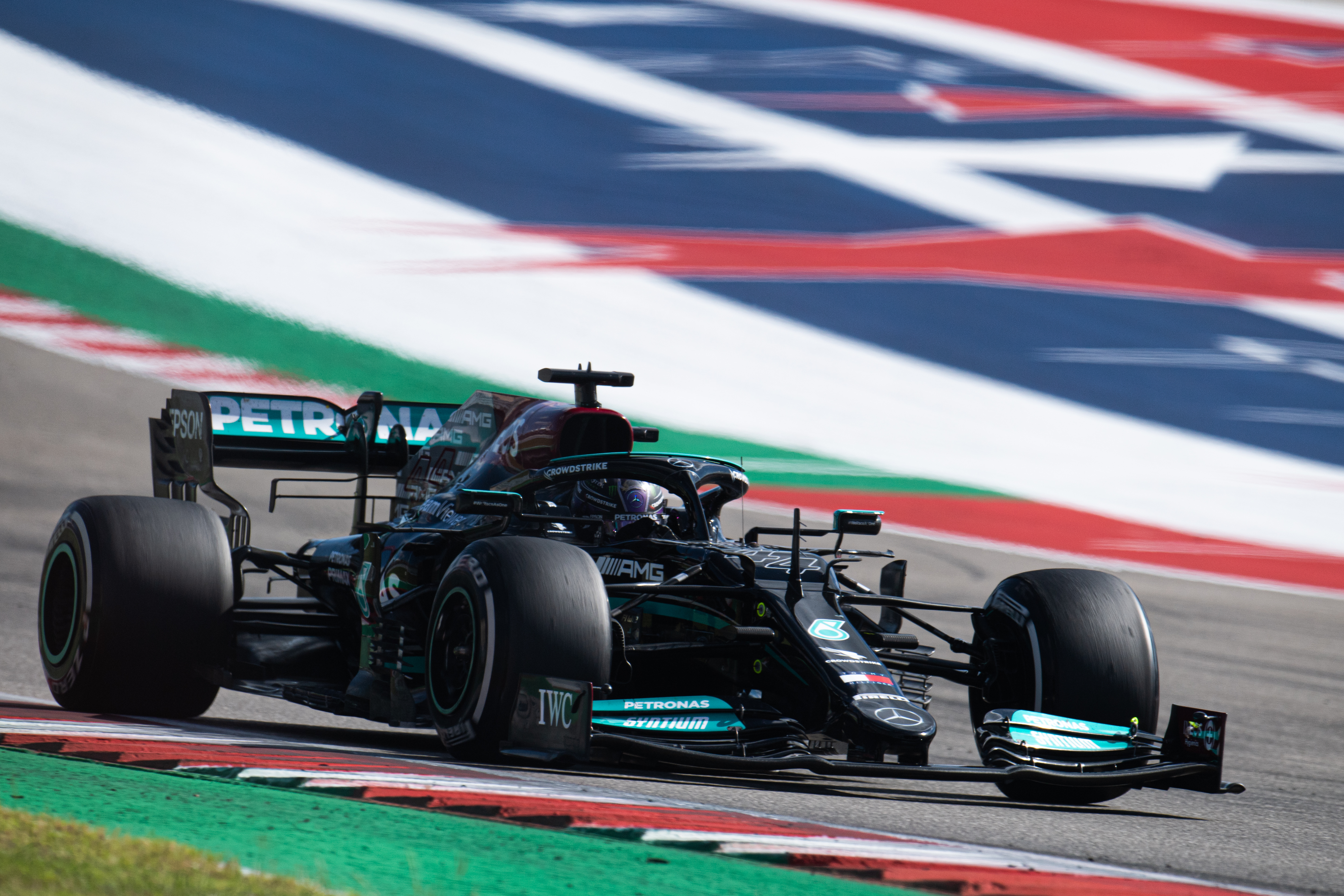
But Mercedes trackside engineering director Andrew Shovlin admitted the team did think it was in “very good shape” at that point.
In hindsight, he accepts that FP2 was the more accurate picture as Mercedes struggled to regain its FP1 form the rest of the weekend.
“We knew that we were running the PU quite turned up at that point, so that was flattering us and also we could see Max didn’t really get a lap in properly,” said Shovlin.
“He had a lot of issues with traffic and things.
“So we were probably overly…maybe optimistic is the wrong word, but we thought we’d started the weekend well.
“What we saw in FP2 though was a more clear picture of where our pace actually was.
“And it wasn’t really that we were making bad decisions on set-up. But as it got hotter and as it got windier we were struggling more.
“That FP2 picture I think was the one we saw through Saturday and Sunday. That was the real indication.”

Mercedes had to make tweaks to reduce the damage over the bumps and kerbs at the punishing COTA track after Friday.
Wolff said the car was “heavily bottoming out” and needed addressing but he brushed off the likelihood that was the main reason Mercedes lost pace, as he claimed the team was almost back with the same FP1 set-up in qualifying anyway.
“There’s never one reason why you suddenly lose performance, it’s always the intertwined decisions that you make and set up directions that you go,” said.
Shovlin added: “It’s very difficult to say whether that was a bigger issue for us than the Red Bull.
“I think the Red Bull had stronger rear end here and when you’re overheating and bouncing around like that rear grip’s your friend and I think that’s an area where their car seems to be performing very well.
“To be honest we were probably braced for bigger issues in terms of the set-up and the car damage with the bumps and it seemed to cope with them reasonably well.
“But we will go and look and see if there was anything there we could have done better in terms of adapting to the track.”
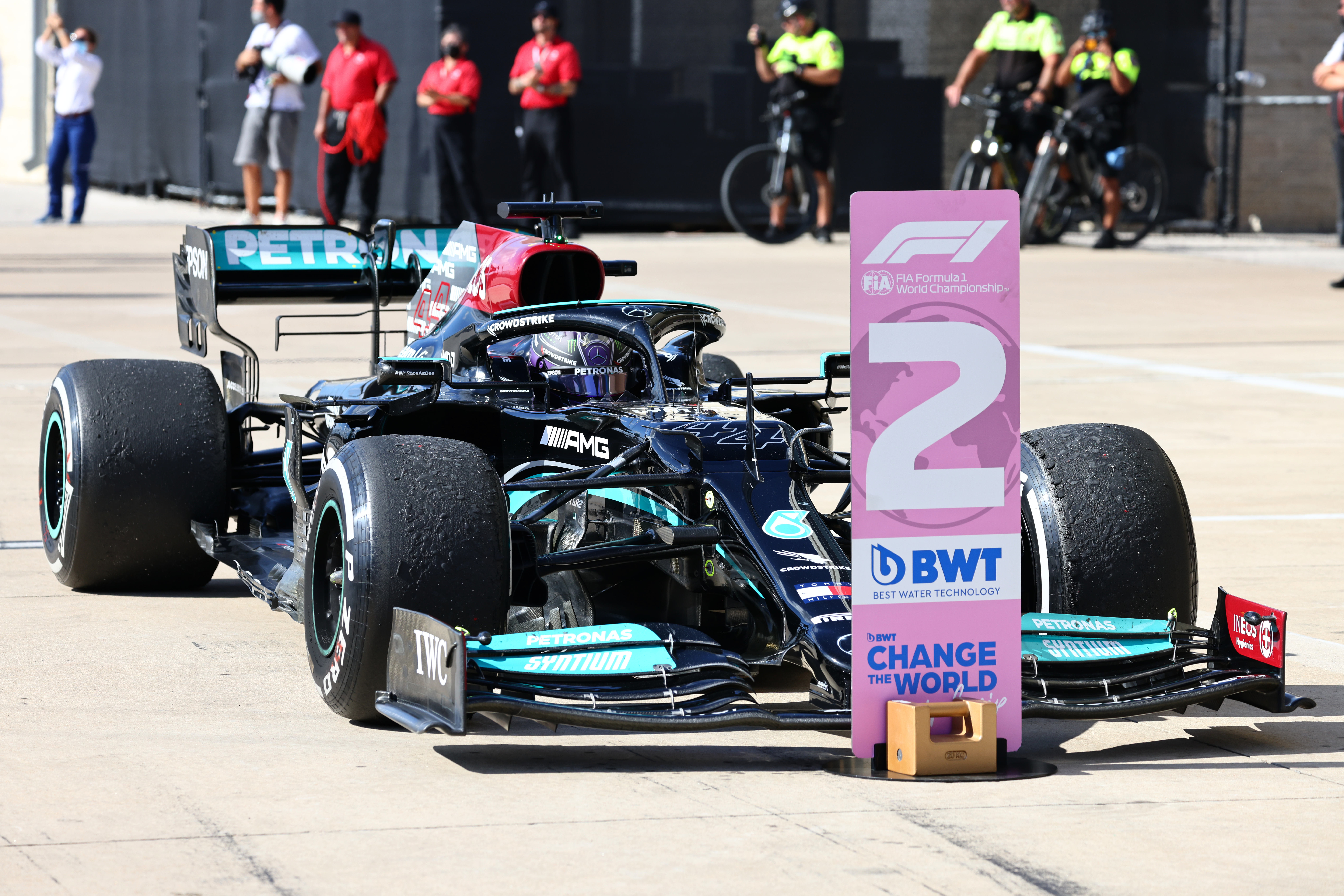
After grabbing the lead at the start, Hamilton’s struggle in the opening stint on mediums was evident as Verstappen easily stayed within DRS range before opting for an early stop to undercut him and take the lead.
The Mercedes was more competitive on the hard tyres though, which allowed Hamilton to come back at Verstappen over the grand prix.
Shovlin joked that having a crystal ball would have helped it do something differently in the race because the team would have realised the hard tyre was better.
Realistically, the best option was to stop even earlier than Red Bull, but Mercedes had no reason to believe that would be possible at the time without seriously compromising the rest of the race because of the pace on the mediums.
Shovlin admitted there was a “sense of disappointment” at Mercedes having lost points in both championships but said “the frustration normally comes when you think we didn’t do a good enough job”.
“That’s the thing we need to look at in detail now,” he said.
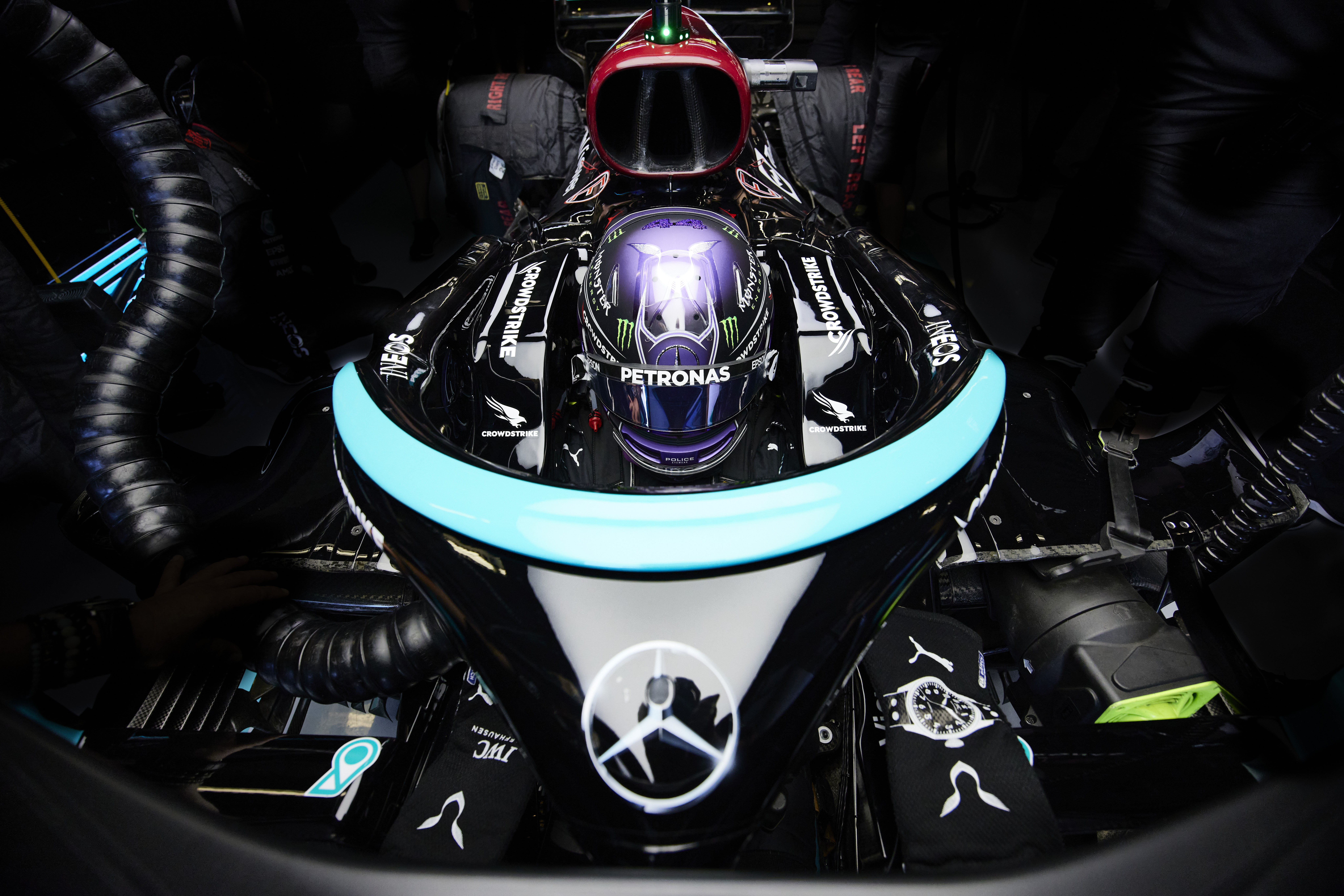
“What could we have done better to adapt the car? Are there options we could have taken advantage of on the strategy? And in particular, why were we so weak on that medium?
“Because Max was sat right behind us in the first stint and that gave us the impression that we were significantly off the pace.
“But then when we got on to the hard tyres, the car was working much better and Lewis was able to push and we had a car that could race them.
“So there’s a fair bit we need to understand but the key to this championship is going to be optimising the car track to track.
“We just need to get our heads stuck into that job rather than worrying or being frustrated about the outcome here.”



